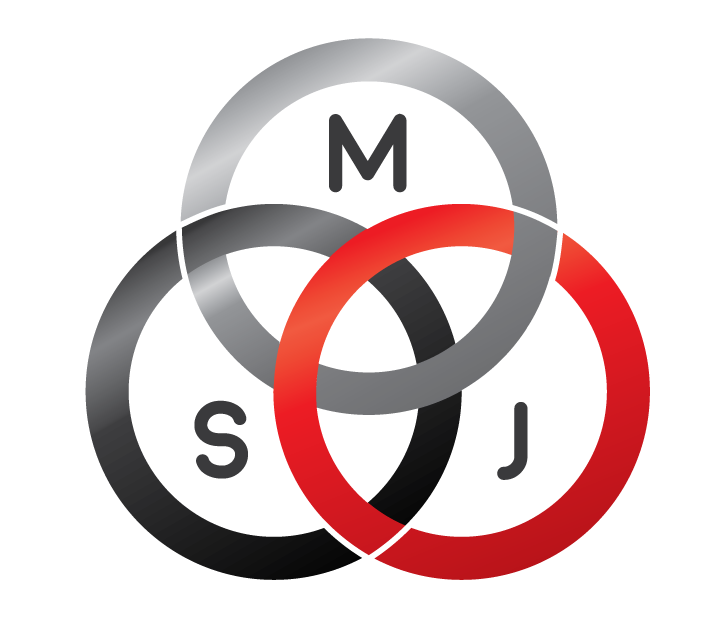Spinal Stenosis
Stenosis is a medical condition where an area of the spine narrows — usually in the neck or lower back. This can compress the spinal cord or nerves. Based on the specific nerves affected, spinal stenosis may create pain or numbness in the neck, back, shoulders, arms or legs.
There are various types of problems that can reduce the amount of space inside the spinal canal.
Age-Related Causes
● Disc Degeneration. As a person ages, the cushions that separate vertebrae flatten and spread. As time goes by, the hard, fibrous outer shell of the disc could develop tiny tears. This will cause the jelly-like material in the disc’s centre to leak and press on your spinal cord and nerve roots. Chiropractic care and Spinal Decompression Therapy can both help elongate the spine and restore normal motion in the joints thereby alleviating the symptoms of this condition and eliminating the need found necessary drugs or surgery.
● Osteoarthritis. Just like the discs above, the facet joints between the vertebrae in a person’s spine can deteriorate. The body will attempt to heal itself. Bony growths called ‘bone spurs’ are usually a byproduct of this. These spurs may narrow the spinal passages. The beginning of this condition is often referred to as Foraminal Stenosis. Chiropractic care and Spinal Decompression Therapy can help elongate the spine and restore normal motion in the joints and assist in the symptoms of this condition, alleviating the need for unnecessary drugs or surgery.
● Thickened Ligaments. Ligaments are made of a tough, fibrous material that assists in holding a person’s bones together. They may stiffen and thicken over time. This thickening can also narrow the spinal canal and compress nerve tissue.
Symptoms of Spinal Stenosis
Classic symptoms of stenosis include pain or weakness after walking a specific distance. Poor oxygenation of the local nerve structures due to compression result in ischemic pain. The patient will often refer to a burning pain down the leg that is only alleviated by resting in a seated position- often leaning forward to open the neural canal thereby improving blood flow and achieving relief.
Stenosis may also affect the brachial nerves of the arm. This results in numbness and tingling down to the shoulder or hands. Especially prevalent after sitting at the computer for too long or sleeping.
In the past, the recommended treatment for spinal stenosis was surgery. This concept is slowly starting to evolve as more physicians are recommending alternatives to surgery as being the first option. The most popular alternative is Chiropractic care – specifically doctors trained in Spinal Decompression Therapy. This will help to very accurately traction the spine –either the cervical, or lumbar area.
